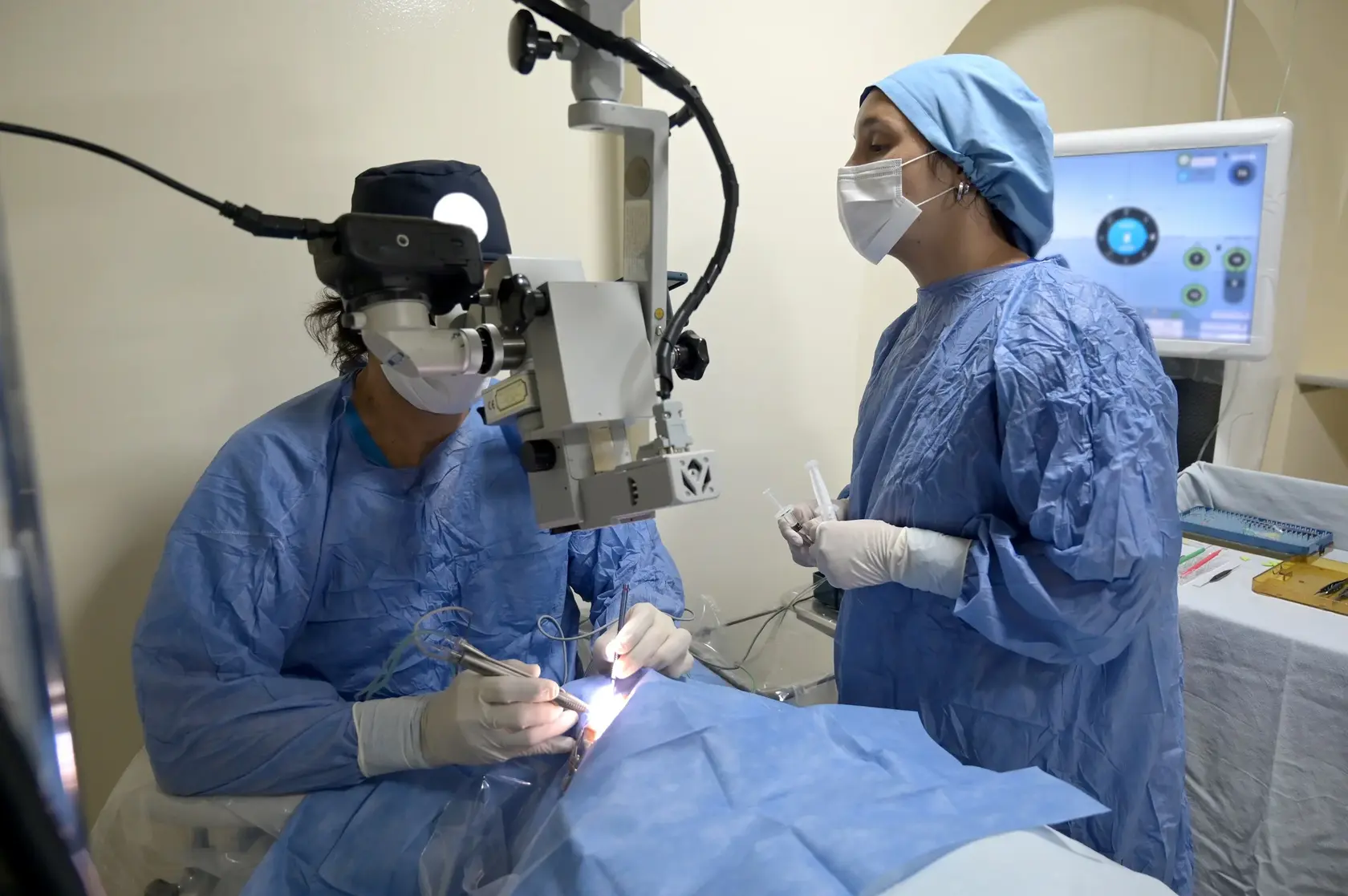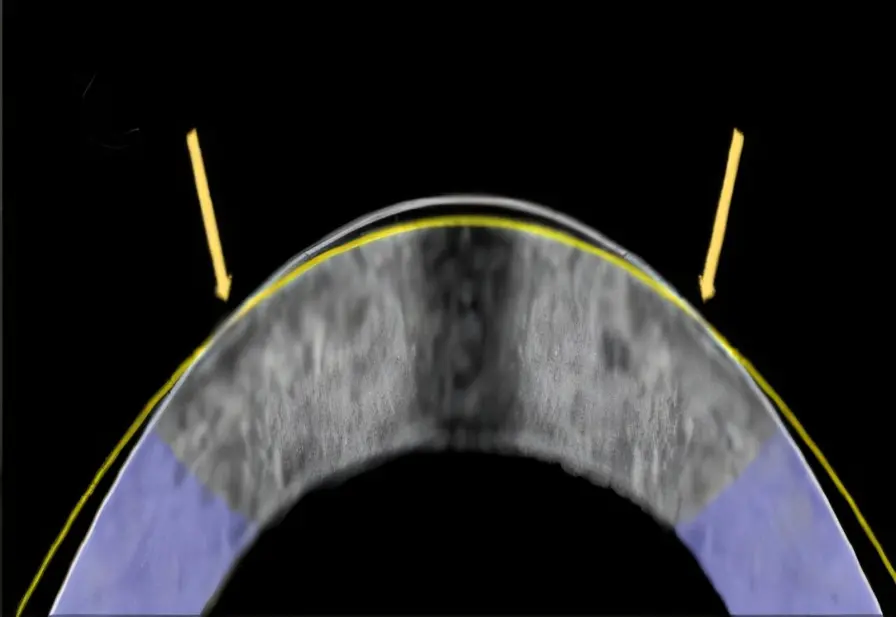T4K3.news
EMR eye treatment eyes closer to reality
A laser-free method for corneal reshaping shows promise in animal tests but needs years of study and funding before clinical use.

A laser-free approach to reshape the cornea offers a glimpse of a cheaper, reversible vision correction path, but faces a long road before clinical use.
New EMR Eye Treatment Moves Vision Beyond LASIK
Researchers presented a laser-free method called electromecanical reshaping (EMR) at an American Chemical Society meeting. The technique uses small electric jolts and a platinum contact lens to adjust the cornea’s shape, aiming to correct nearsightedness without incisions. Early tests in rabbits showed the treated eyes adopting the target shape within about a minute, suggesting a simpler, potentially cheaper process than LASIK. Still, experts caution the approach is not yet ready for humans and more work is needed to prove safety and effectiveness.
The team notes funding is a major hurdle as they plan long animal studies before any human trials. They acknowledge that translating EMR from animals to clinics could take years, and emphasize careful, precise research to establish risks, benefits, and regulatory readiness. If successful, EMR could reduce the need for invasive surgery and even, in theory, be reversible, but it remains speculative and contingent on robust evidence and financial support.
Key Takeaways
"The whole effect was discovered by accident."
Wong on how the EMR concept emerged
"There’s a long road between what we’ve done and the clinic."
Hill on translating EMR to clinical use
"I was looking at living tissues as moldable materials and discovered this whole process of chemical modification."
Wong on the discovery behind EMR
"If we get there this technique is widely applicable, vastly cheaper and potentially even reversible."
Hill on the potential impact of EMR
EMR promises a gentler path to vision correction, prioritizing reversibility and cost. The concept taps a broader trend toward noninvasive procedures that blend chemistry and engineering, rather than cutting tissue. Yet the technology sits at the edge of several big hurdles: translating animal results to humans, securing sustained funding, and navigating clinical approval processes. The study frames a long arc from lab curiosity to potential clinic, which means early enthusiasm should be tempered by rigorous testing and transparent reporting of safety risks.
If EMR proves viable, it could upend the standard narrative of eye surgery by offering a lower-risk option with simpler logistics. But the leap from rabbits to people is substantial, and investors watch closely for proof of consistent outcomes, scalable manufacturing of the platinum contact lens, and clear patient benefits. The real question is whether the method can deliver reliable, long-lasting results across diverse eyes while maintaining affordability and safety.
Highlights
- A tiny spark of electricity could rewrite how we see the world
- The eye may be reshaped by science not surgery
- A future where sight can be changed at the micro level
- Electric methods could redefine vision without cutting skin
Funding and regulatory uncertainty for EMR research
The project faces ongoing animal studies and a struggle to secure funding, highlighting risks around budget, investors, and regulatory timelines before any human use.
The path from the lab to the clinic will determine if EMR changes how we see the world.
Enjoyed this? Let your friends know!
Related News

Longevity reshapes the federal budget reality

Promising EMR eye surgery shown in animal tests

Betsy Lewis, 75, celebrates life after stopping cancer treatment

Cannabis and kratom linked to extreme self mutilation

Fundraising Push for Child with Arginase Deficiency

Google DeepMind Reveals Genie 3 for Enhanced Virtual Reality

NHS doctor reveals frontline racism and strain

Young physiotherapist suffers chronic dizziness
